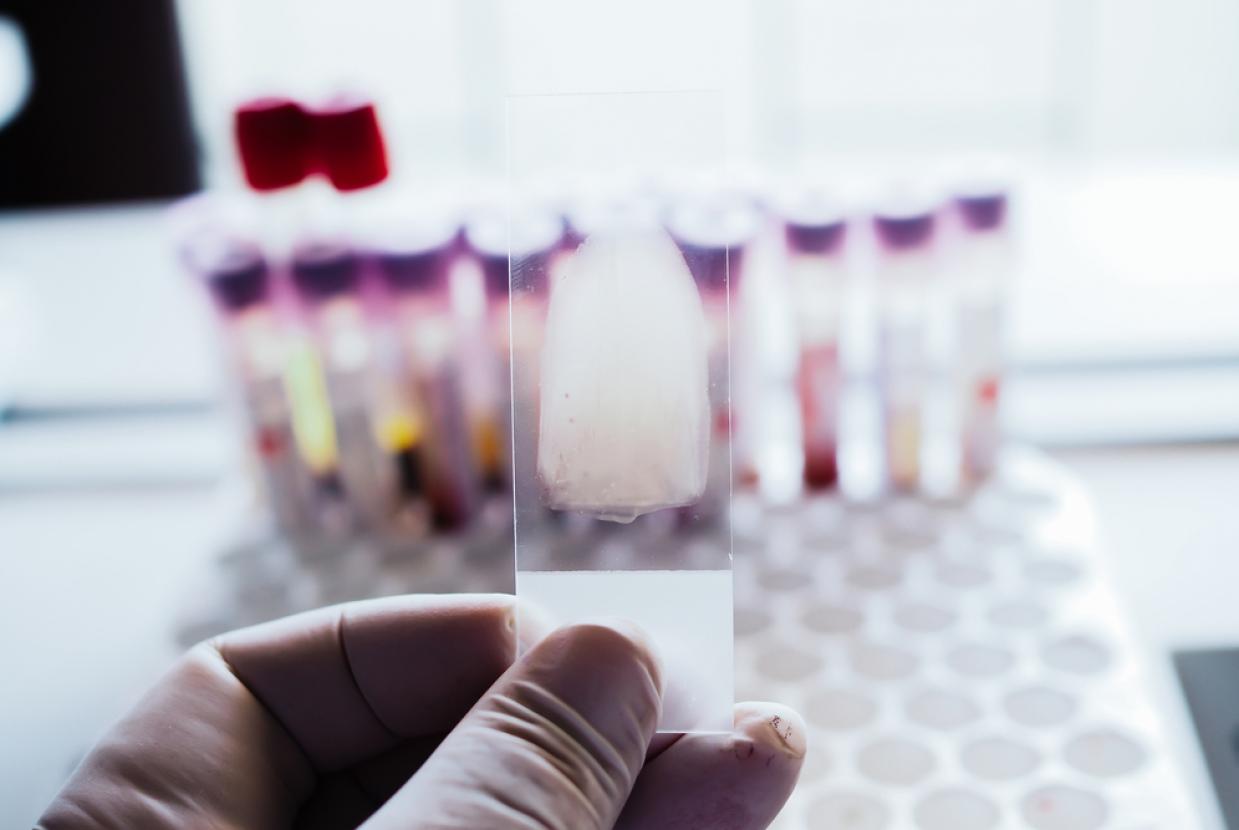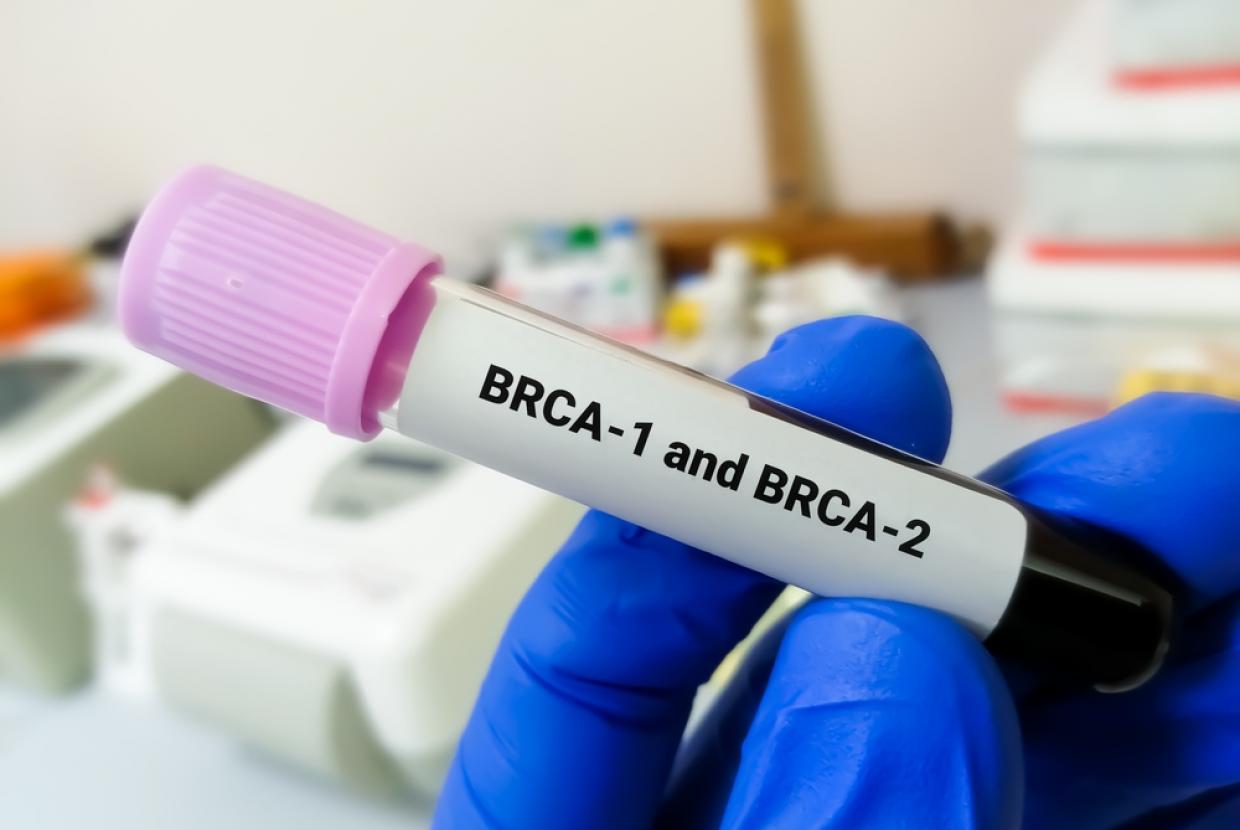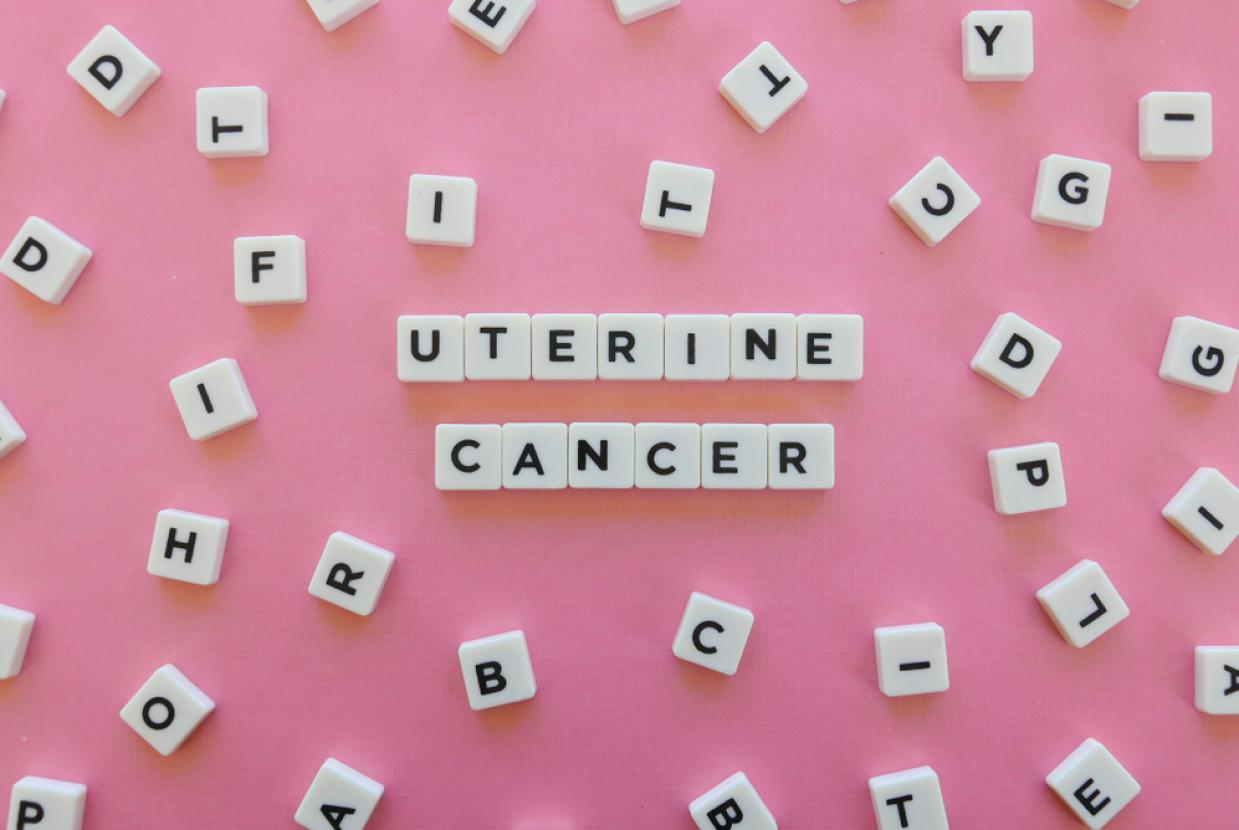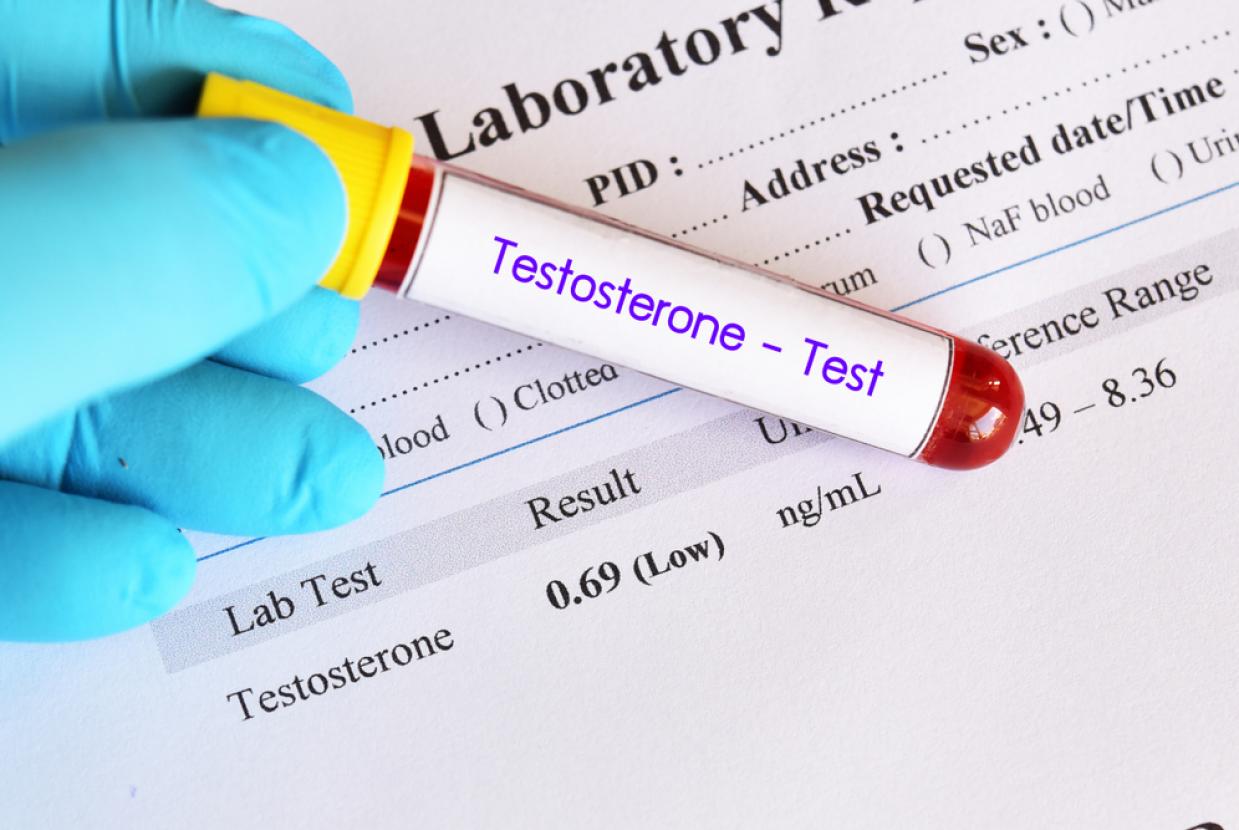Treatment For Womb Cancer
A team of specialists meet to talk about the best treatment for you. They are called a multidisciplinary team (MDT). The MDT will look at many factors when planning your treatment options. These will include:
- your general health
- the type and size of the tumour
- whether the cancer has begun to spread.
The main treatment for womb cancer is an operation to remove the womb, cervix, fallopian tubes and ovaries. This is sometimes the only treatment needed to cure the cancer. Depending on the stage and grade of the cancer, you may also be offered treatments after surgery. These can help reduce the risk of the cancer coming back.
Your doctor will explain the different treatments and their side effects. They will also talk to you about the things you should consider when making treatment decisions. You may also be invited to take part in a clinical trial. The types of treatment you may have include:
- Surgery - surgery to remove the womb (a hysterectomy) is usually the main treatment for womb cancer. Sometimes surgery is used to treat womb cancer that has spread.
- Radiotherapy - radiotherapy uses high-energy rays to destroy cancer cells, while doing as little harm as possible to normal cells. Radiotherapy may be used to reduce the risk of cancer coming back after surgery. It may also be given as the main treatment for womb cancer or to help manage symptoms of advanced womb cancer.
- Chemotherapy - chemotherapy uses anti-cancer (cytotoxic) drugs to destroy cancer cells. It is sometimes used to reduce the risk of cancer coming back after surgery or radiotherapy. Or it may be used to help control cancer and relieve symptoms.
- Hormonal Treatments - the hormones oestrogen and progesterone can affect how cells in the womb lining grow. You may be offered hormonal therapy to try to shrink and control the cancer and relieve symptoms.
Targeted therapy and immunotherapy - Newer treatments called targeted therapy and immunotherapy may be used to treat womb cancer that has spread. These can help to control the cancer and slow down the growth. Your doctor will send a sample of the cancer cells taken during a biopsy or surgery to be tested. This helps to check which type of treatment may work best for you. Your doctor or nurse will explain if these treatments are suitable for you.
If you want to have children in the future, it is important to talk to your doctor about your fertility before you start treatment. With early-stage, low-grade cancer, it may sometimes be possible to have fertility-sparing treatment.












































































































